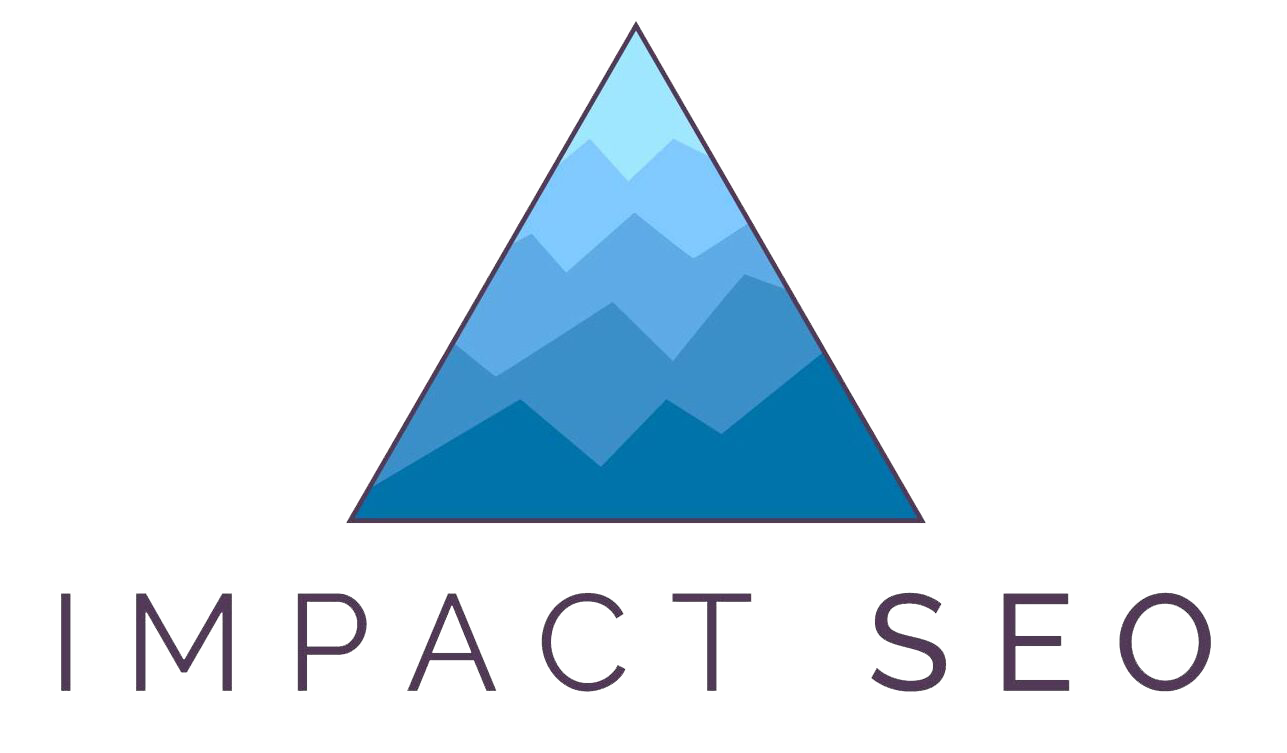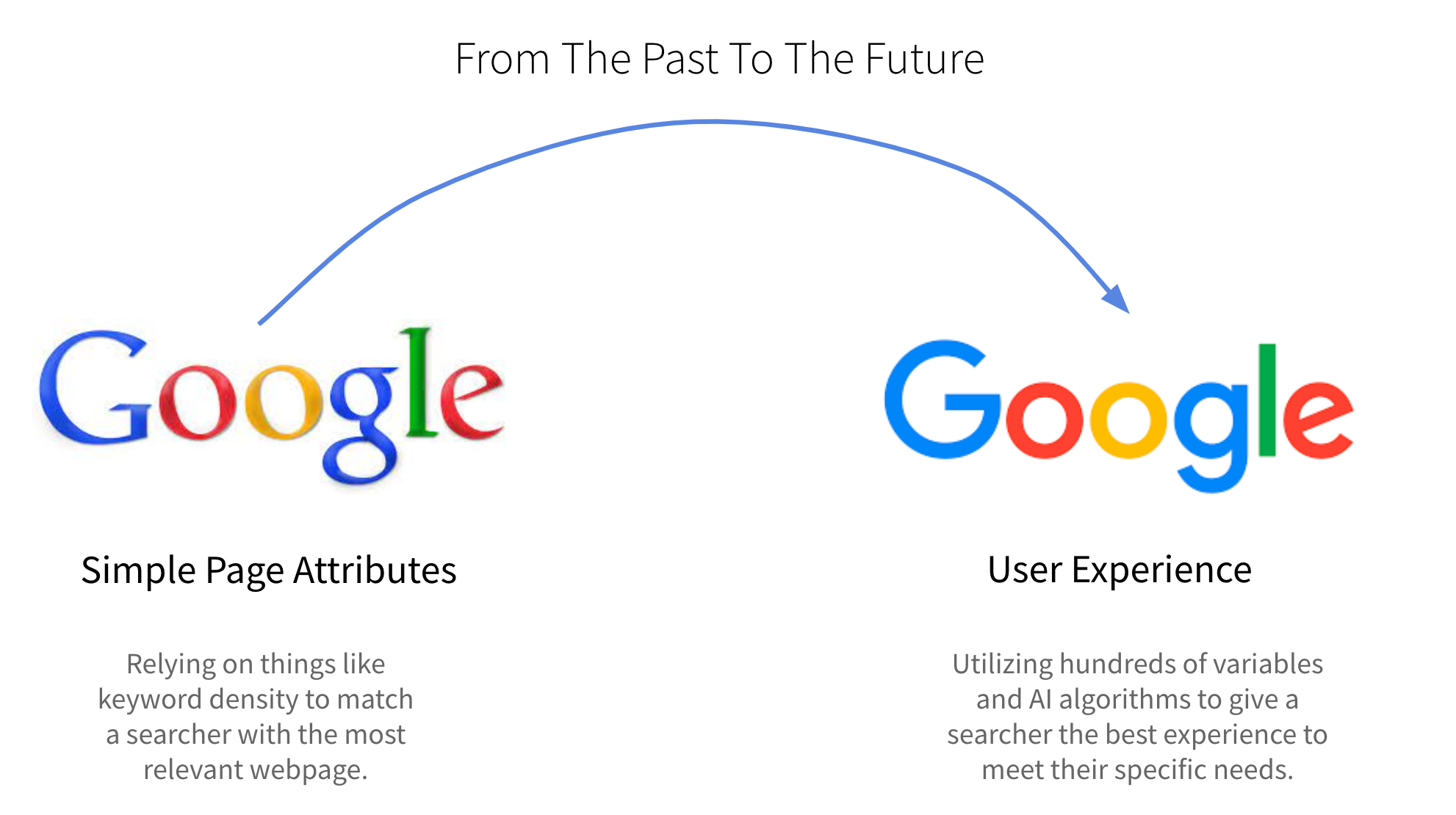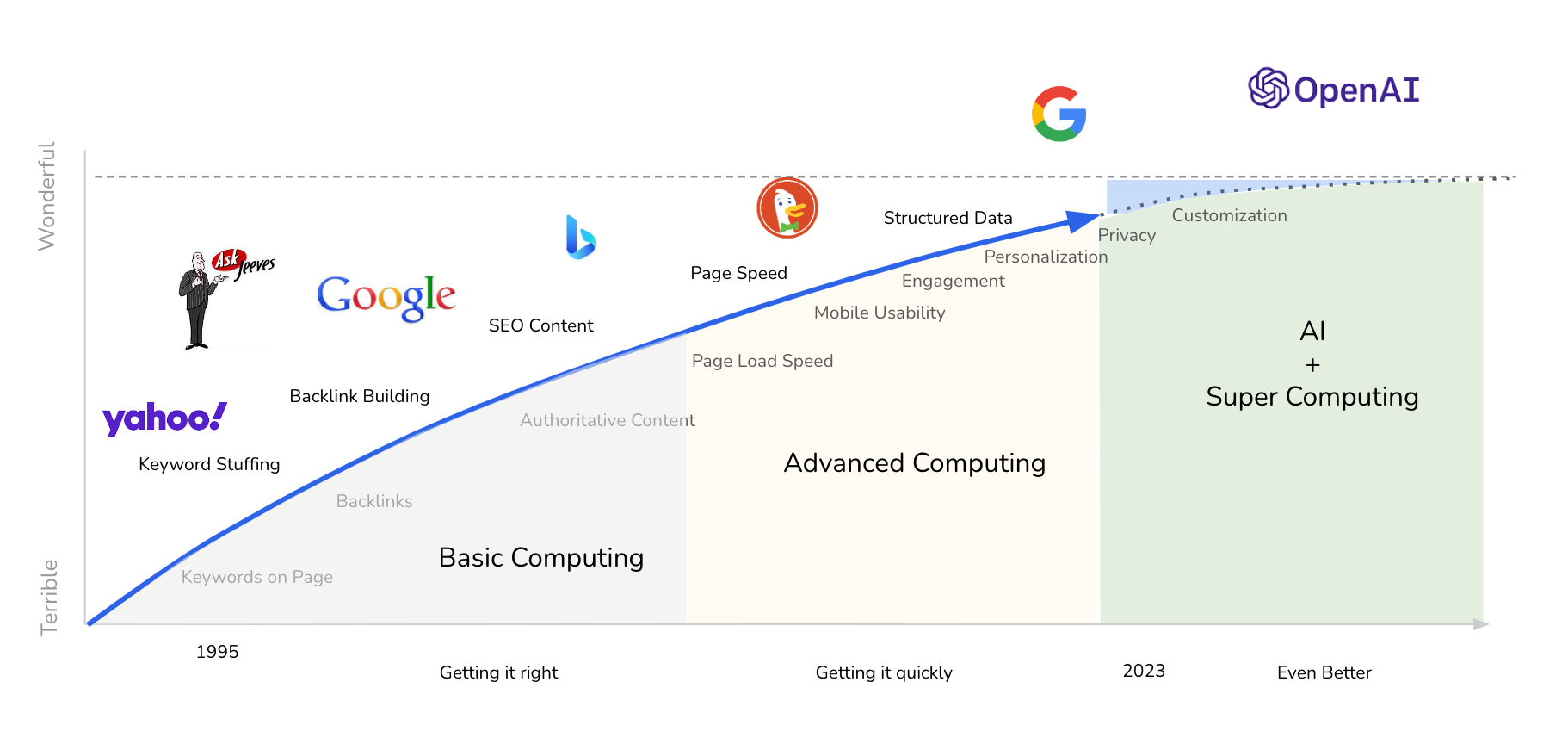Five months after the first core update of the year, Google rolled out yet another series of core updates that aimed to refine how websites are ranked. Google announced the second update last August 22, 2023. The rollout took 16 days to complete and was finally completed by September 7, 2023.
Today we released the August 2023 core update. We'll update our ranking release history page when the rollout is complete: https://t.co/sQ5COfdNcb
— Google Search Central (@googlesearchc) August 22, 2023
Understanding Core Updates
Google’s core updates are broad changes to their search algorithms and systems intended to improve search results’ relevance, accuracy, and quality. These updates aren’t about penalizing websites but enhancing the user experience by presenting the best possible content.
Focus of Core Updates
Core updates usually focus on making changes in several key areas:
User Intent
The algorithm aims to understand the “why” behind a search query more accurately, ensuring that the results align better with a user’s expectations.
Page Experience
Google has always valued user experience. Factors like mobile-friendliness, safe browsing, HTTPS, and the absence of intrusive webpage elements play an even more crucial role in ranking.
Content Depth and Quality
Google prioritizes content that offers in-depth information, is well-researched, and cites reliable sources. Superficial content or content that merely rehashes what’s already available might see a drop in rankings.
E-A-T Criteria
Expertise, Authoritativeness, and Trustworthiness (E-A-T) have become central to Google’s assessment of content quality. Core updates generally emphasize the importance of demonstrable expertise and reliable sourcing.
How Site Owners Should Respond
While it’s natural to be concerned about fluctuations in search rankings post an update, Google advises against panic. Here’s what site owners can consider:
- Prioritize high-quality content: Ensure your content is unique, valuable, and addresses the user’s query comprehensively.
- Optimize user experience: Make sure your website is responsive, quick to load, and offers a smooth user journey.
- Stay updated: Google often releases guidelines and tools to help webmasters understand and adapt to changes. Make use of resources like the Search Console and other Google Webmaster tools.
- Review and Revise: Consider revisiting older content and updating it to align with current standards and user expectations.
While the shifts may initially seem daunting to webmasters, they ultimately push the internet toward a space filled with high-quality, user-centric content. Being flexible and aiming for the best will help websites succeed in a constantly changing environment.






